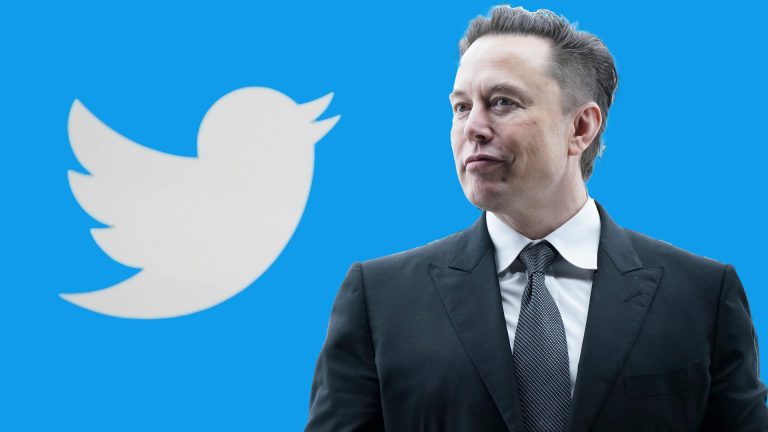Since its acquisition by Elon Musk for a staggering $44 billion (£33.6 billion) last October, Twitter has experienced a significant decline in advertising revenue. The social media platform, once a powerhouse in the digital advertising space, has lost almost half of its ad revenue under the leadership of the billionaire entrepreneur.
Expectations were high when Musk took over Twitter in 2022, leading to the termination of approximately half of its 7,500 employees as part of a cost-cutting initiative. However, the anticipated increase in sales failed to materialize in June, leading to a concerning drop in advertising revenue. Despite Musk’s optimism about a more promising July, the platform is facing stiff competition from emerging rivals.
One such competitor, Threads, designed by Meta (formerly Facebook), boasts an estimated 150 million users. Threads’ seamless integration with Instagram provides access to an impressive two billion potential users. As Threads gains popularity, Twitter finds itself struggling with mounting debt and negative cash flow.
Musk’s bold cost-cutting measures, including layoffs and reduced cloud service expenses, have yet to entice advertisers back to the platform following controversial changes to content moderation rules. The decline in advertising revenue, combined with the burden of debt, presents a challenging situation for Musk, who must find a way to turn Twitter’s fortunes around.

Despite the obstacles, Musk remains committed to reviving Twitter’s financial standing. He recently stated that positive cash flow is the primary goal before considering any other luxuries. The billionaire’s involvement in Twitter comes alongside his responsibilities as CEO and majority shareholder of Tesla, the electric car manufacturer. Tesla’s upcoming quarterly financial results will undoubtedly attract close attention as investors gauge the impact of Musk’s endeavors to stabilize Twitter.
However, analysts believe that the road to recovery for Twitter may be a long one. Lucy Coutts, an investment director at JM Finn, asserts that Musk has the potential to turn the tide for Twitter but warns that it will require time and dedication. Unfortunately, the pressing need to pay off $13 billion of debt by the end of July could force Musk to make difficult decisions, such as selling more of his stake in Tesla, which might further impact the company’s share value.
Musk’s vision for Twitter involves a revenue projection of $3 billion in 2023, a notable drop from the $5.1 billion the platform generated in 2021. While he suggested in an earlier interview that most advertisers had returned to Twitter, the reality has proven otherwise.
Despite the challenges, Twitter is not without a plan. Linda Yaccarino, former head of advertising at NBCUniversal, was appointed as the CEO of Twitter in June, signaling the company’s continued emphasis on advertising sales. Yaccarino’s strategy includes focusing on video, creator, and commerce partnerships. The platform is exploring collaborations with political and entertainment figures, payment services, news, and media publishers in the pursuit of revival.
In conclusion, Twitter’s journey under Elon Musk’s ownership has been one of ups and downs. Despite the implementation of cost-cutting measures, the platform faces a daunting task in luring back advertisers and restoring its former glory in the digital advertising landscape. While challenges persist, Musk’s determination and strategic initiatives led by Linda Yaccarino signal that Twitter is not giving up on reclaiming its position as a dominant force in the social media world. Only time will tell if these efforts can pave the way for a successful turnaround.




0 Comments